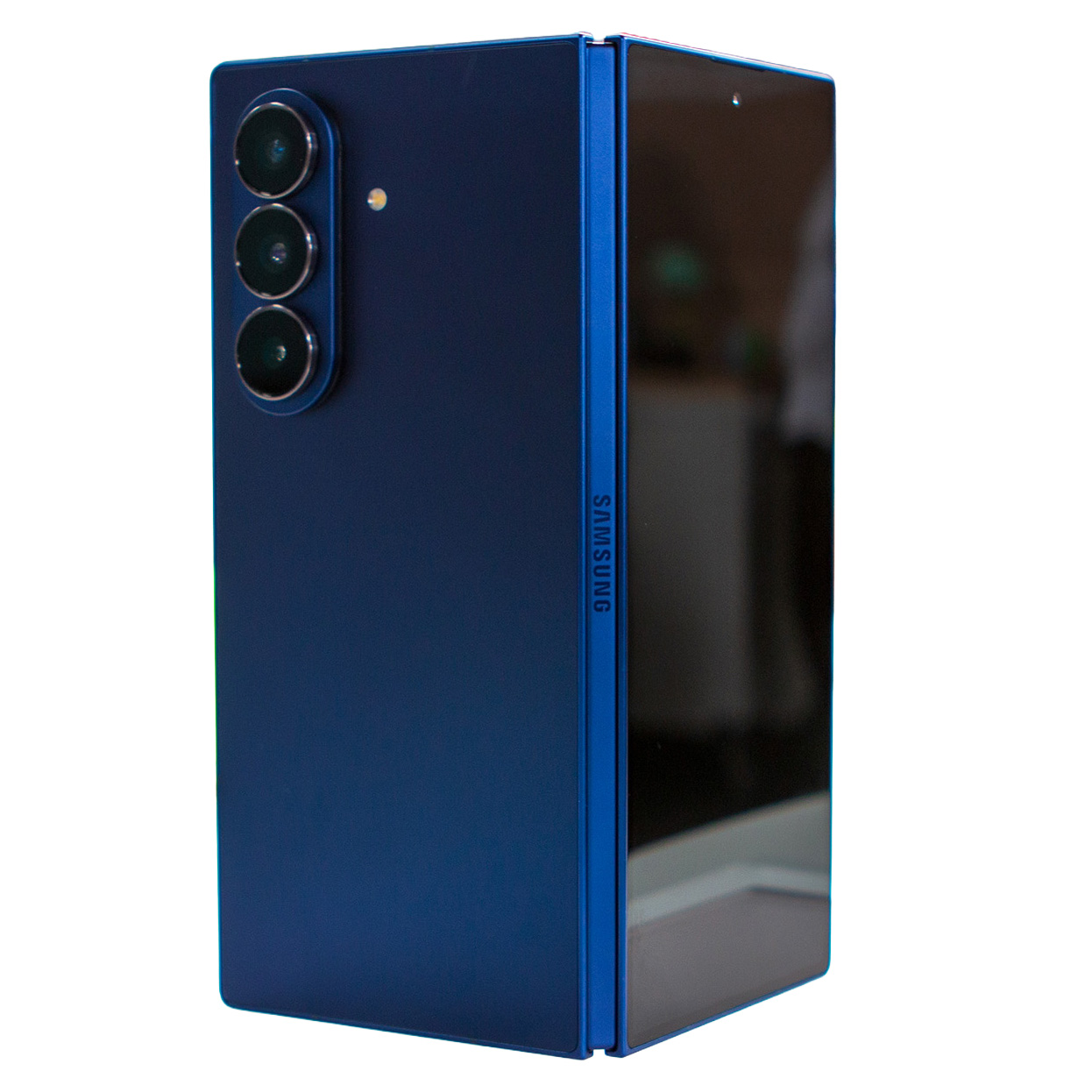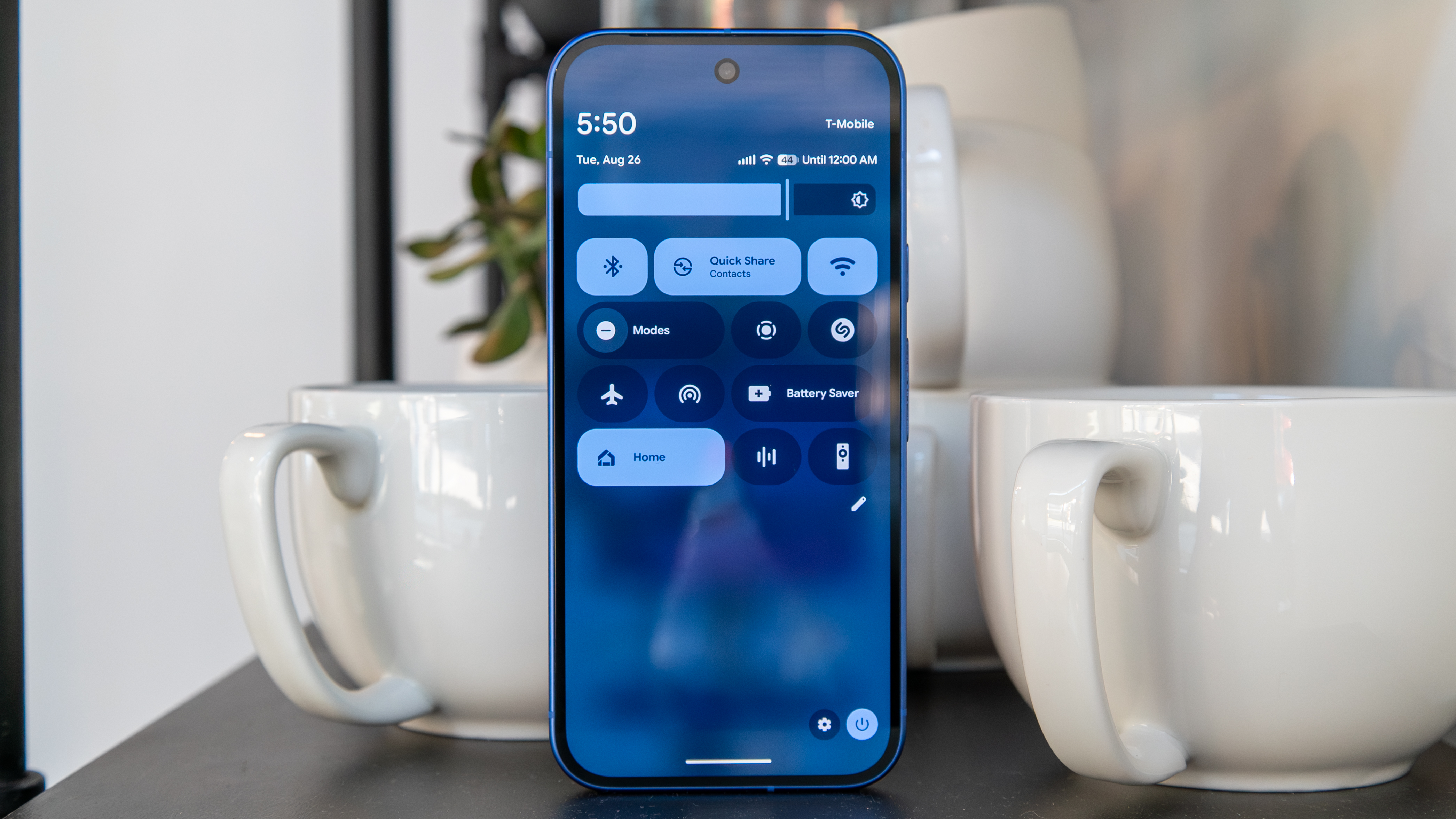Samsung Galaxy Z Fold 7 hands-on: A new hope
Where was this design last year?
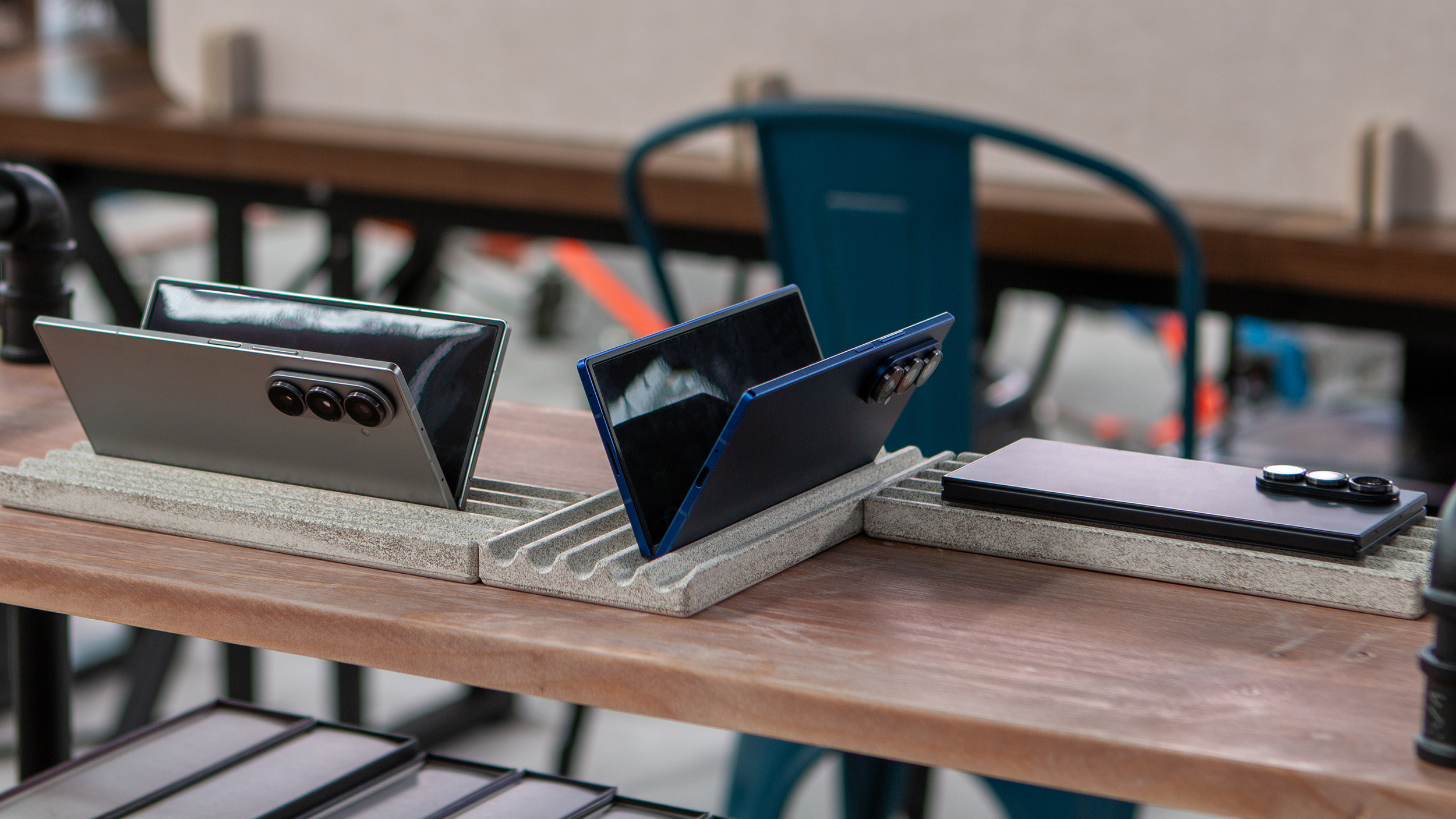
Throughout various points in life, we end up encountering different crossroads where we need to decide on the best path to move forward. Existentialism aside, the same is true with various companies and the devices they sell. That's exactly where Samsung ended up with the Galaxy Z Fold 7, as its flagship foldable suite of phones has grown fairly stale over the three previous generations.
With the Galaxy Z Fold 7, Samsung finally traded in the hand-me-down robes for a brand new set of its own. And after being able to spend some time with it, I've come away feeling less confused than I did before.
The Galaxy Z Fold 7 is basically everything that I and others have been asking for. A thinner design with better performance and, more importantly, a camera system worthy of the phone's price tag. Although my initial time was limited, I feel fairly certain that Samsung has responded to those requests in a huge way.
Bigger and lighter
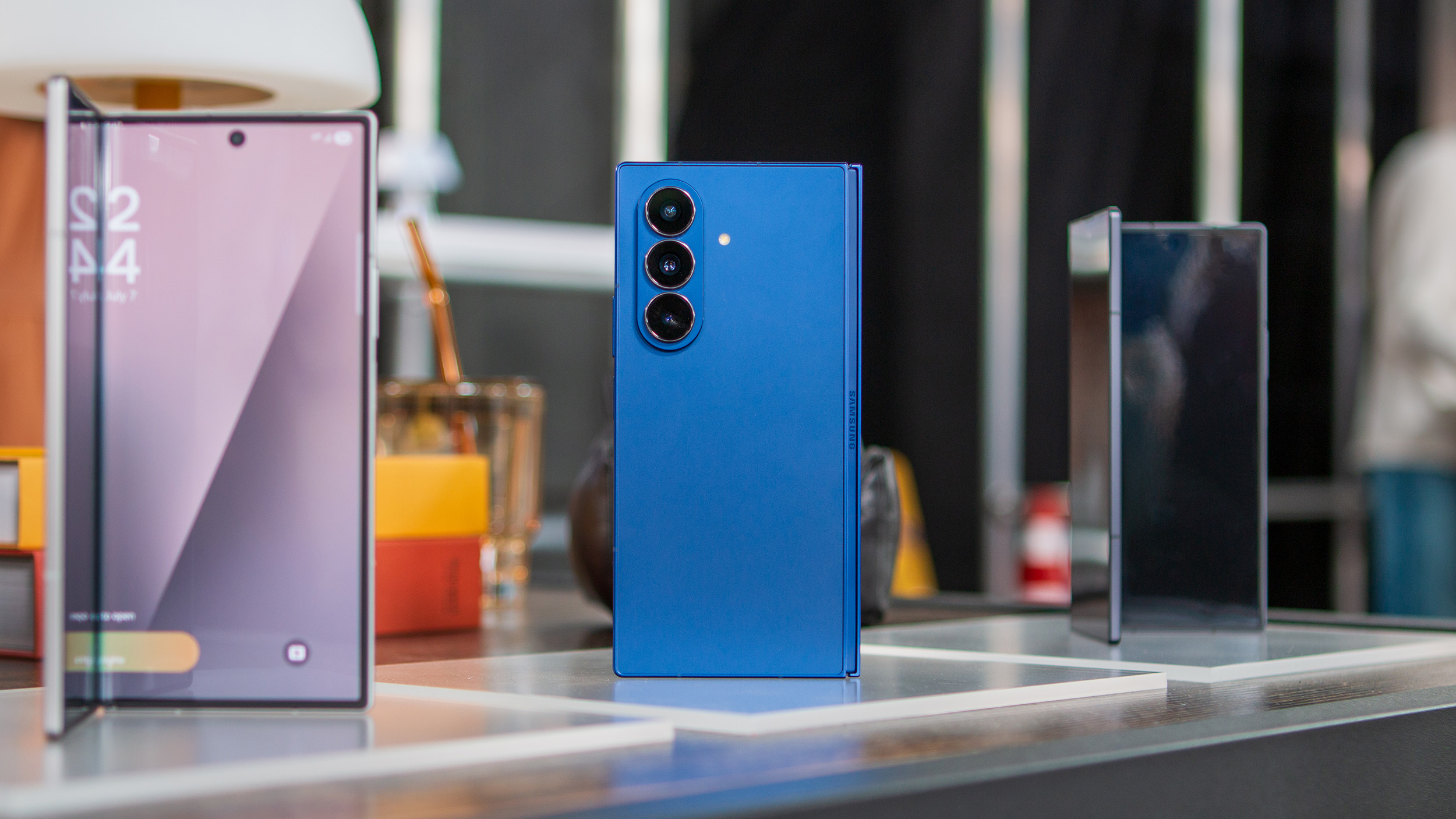
The Fold 7 feels even more like a "do-it-all" device than before, thanks to the displays. The cover screen is wider, making it much more comfortable to use. However, it's also not too wide to the point where you feel like you have to play finger gymnastics.
The inner screen is also larger, which is great for multitasking, split screens, and, of course, better for playing games. More importantly, Samsung finally introduced a redesigned hinge that greatly reduces the "crater" found in the middle of previous models.
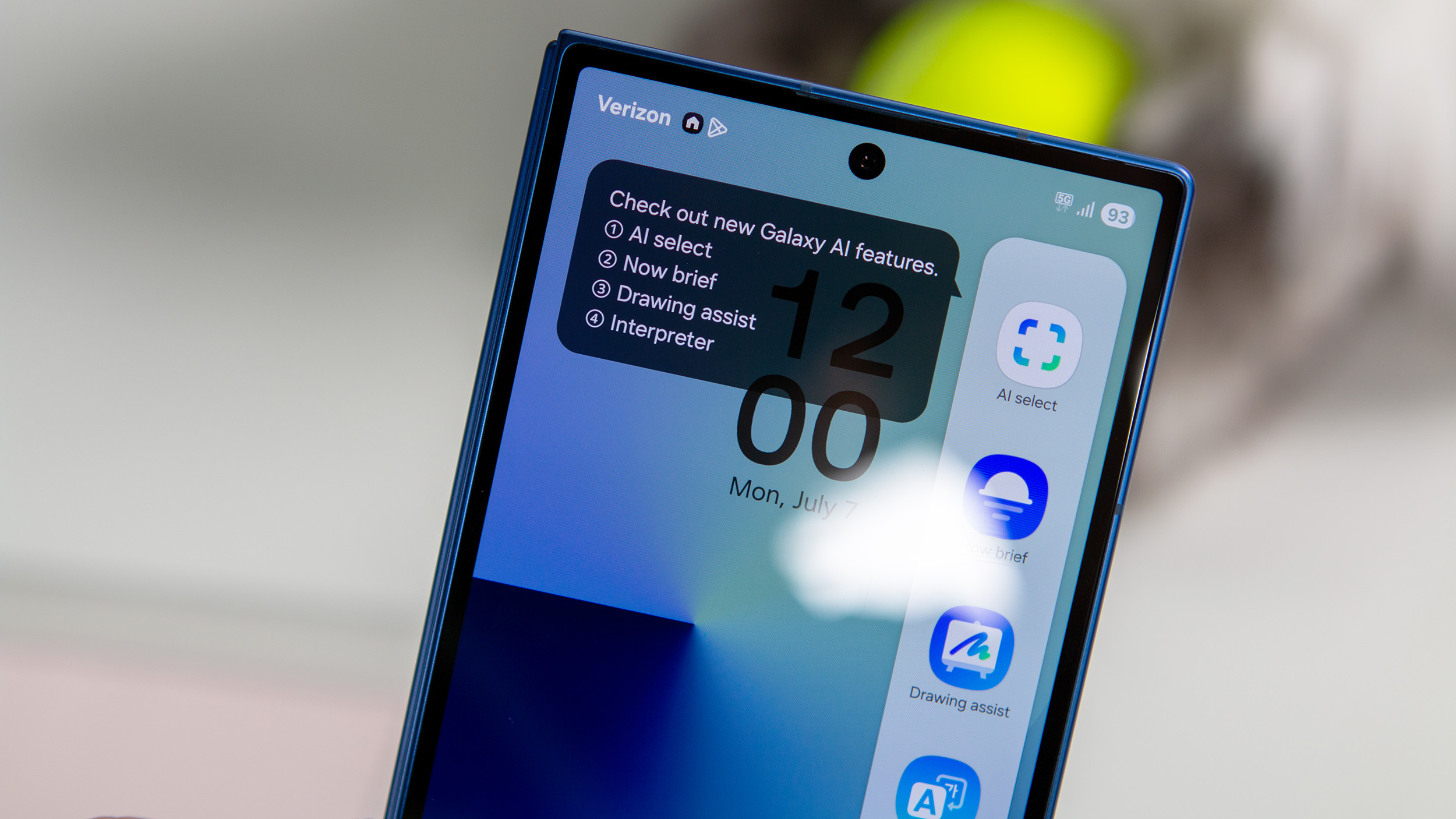
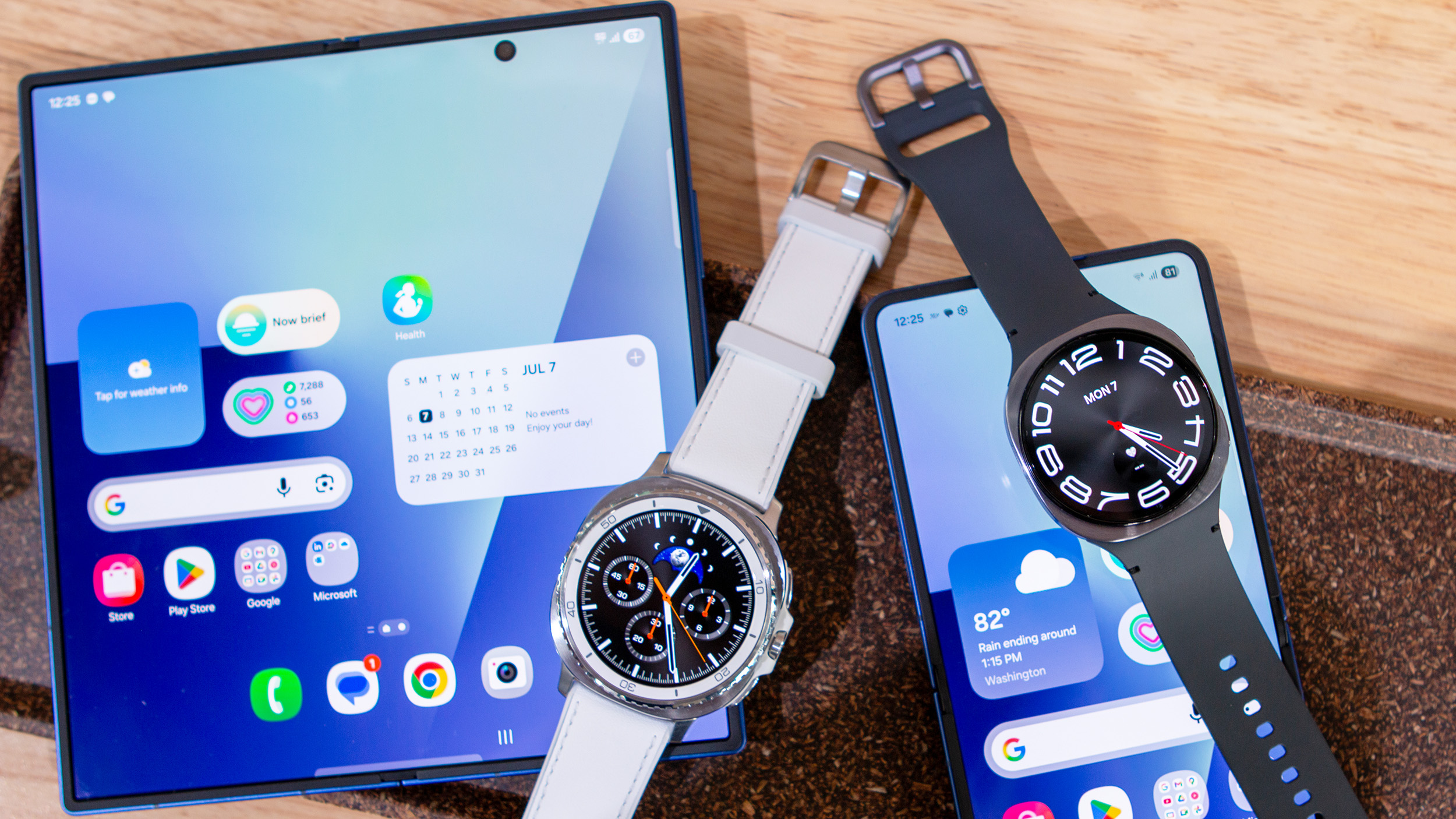
Speaking of which, Google Gemini and Galaxy AI are both getting upgrades to take full advantage of the larger inner display. So expect to see more floating windows along with dual-pane layouts when interacting with various AI features. One UI 8 will also be onboard, helping with some of these improvements, such as being able to drag and drop between apps in split-screen.
How is it this thin?!?
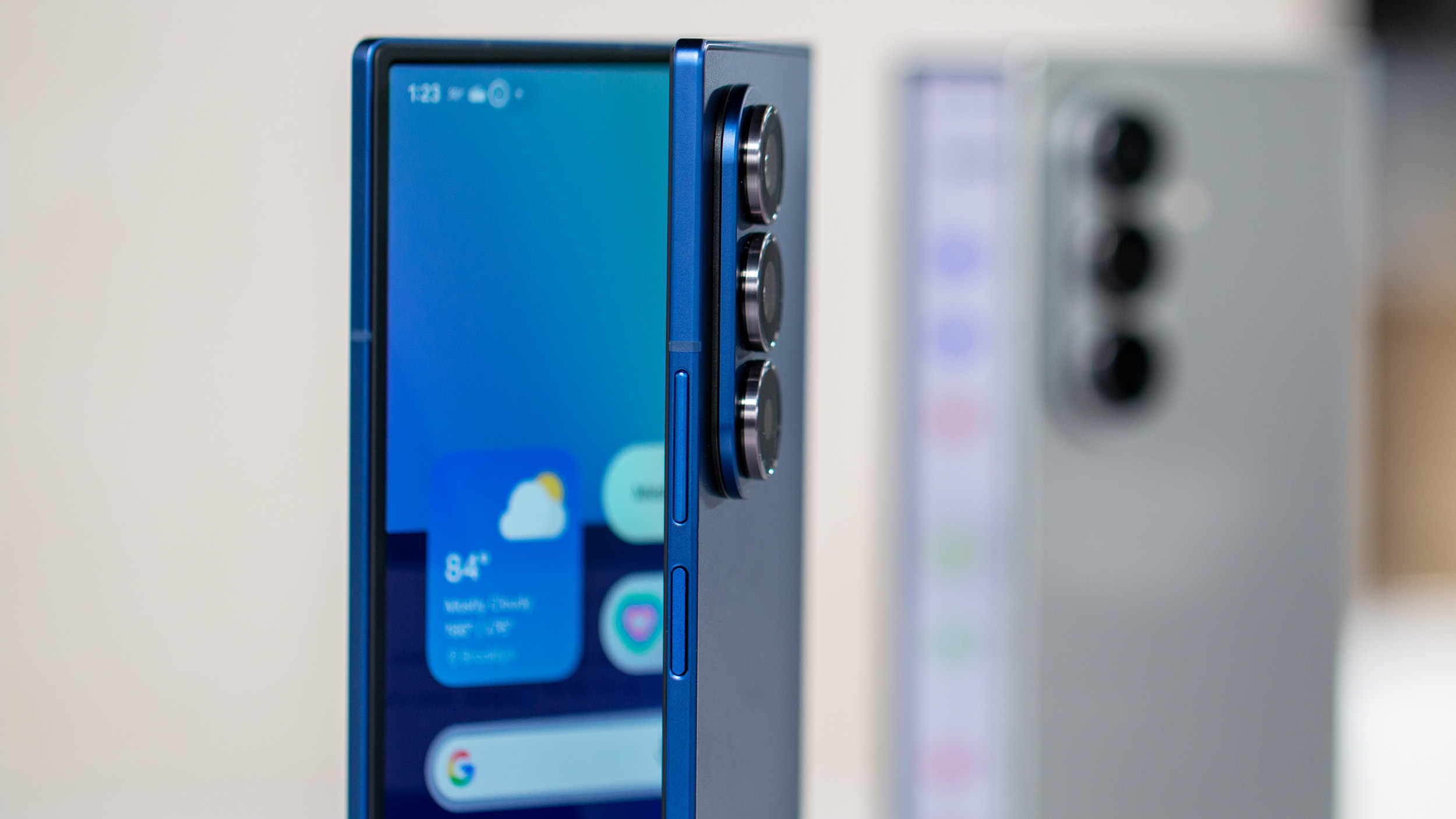
Much of this was done for the sake of one thing, and one thing only: being as slim as possible. That's really my biggest takeaway after spending about an hour or so playing around with the Fold 7. I just can't seem to get over how thin it really is.
Get the latest news from Android Central, your trusted companion in the world of Android
Even with the improved hinge and slimmer design of the Fold 6, it still felt like I was holding a brick in my hand. Now, it's like a completely different feeling and one that I can only really liken to when Google went from the Pixel Fold to the Pixel 9 Pro Fold.
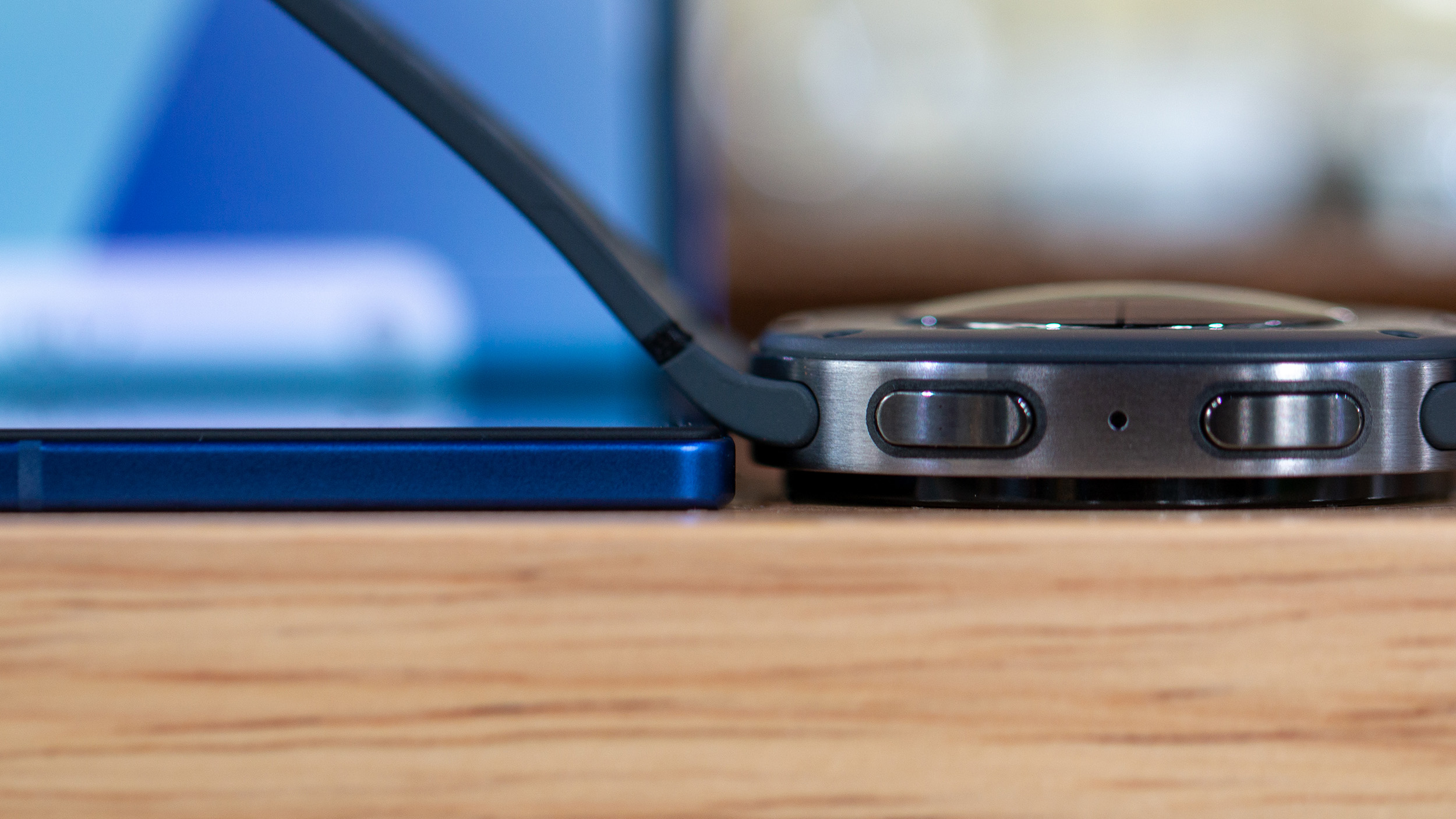
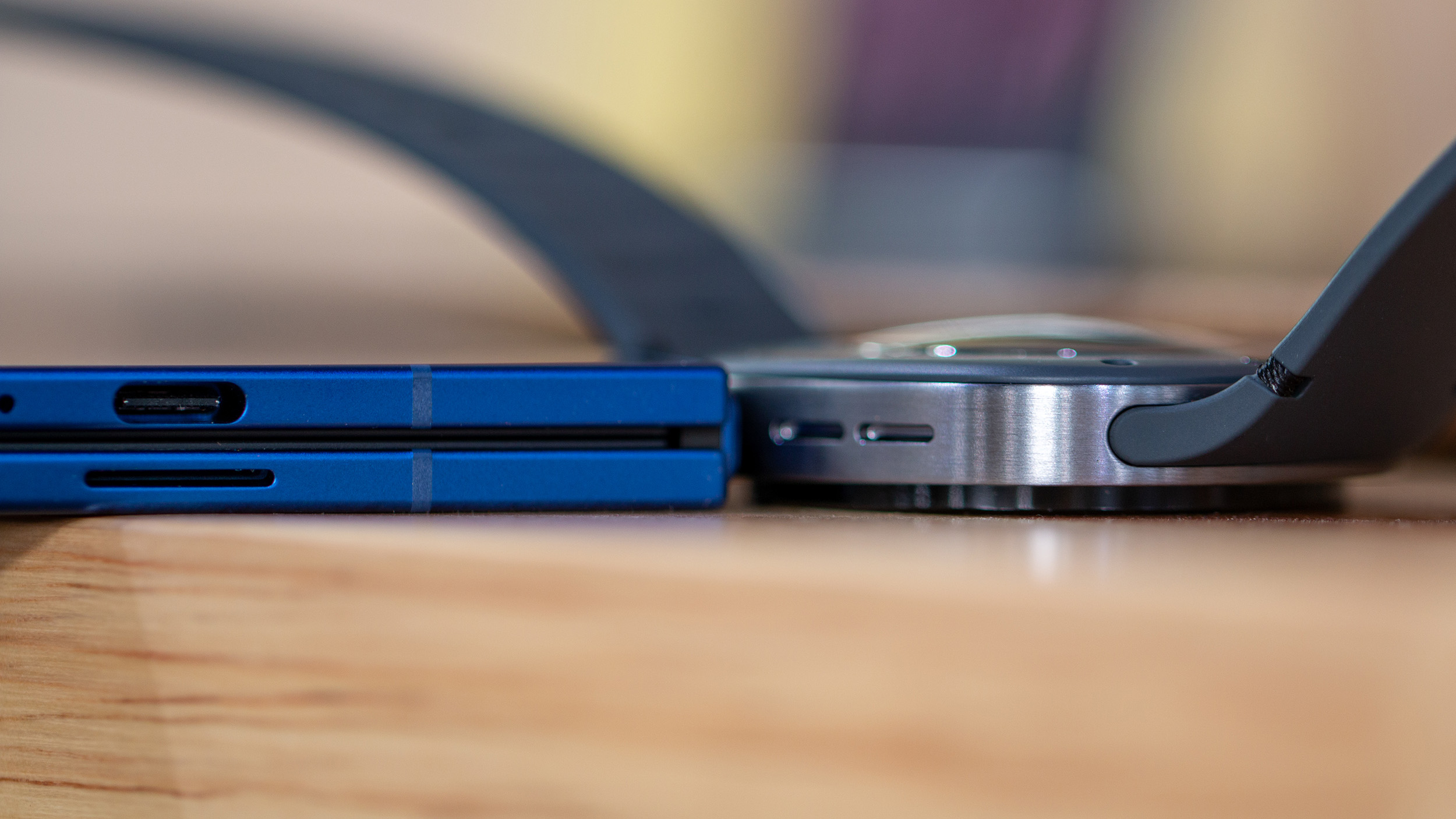
What really blew my mind was seeing how thin the phone was compared to the Galaxy Watch 8, which also shed a bit of water weight. When unfolded, it almost managed to tuck between the front of the watch and the top of the band. Even when it's folded, the Fold 7 is just a smidge thicker than the Watch 8's casing but is thinner than the Watch 8 when accounting for the BioActive sensor.
That's not a knock on the Watch 8, but it is more of a testament to just how incredibly thin the Fold 7 really is. I mean, there's barely even enough space for the USB-C port, which feels like an engineering feat all on its own.
Thinness comes at a cost
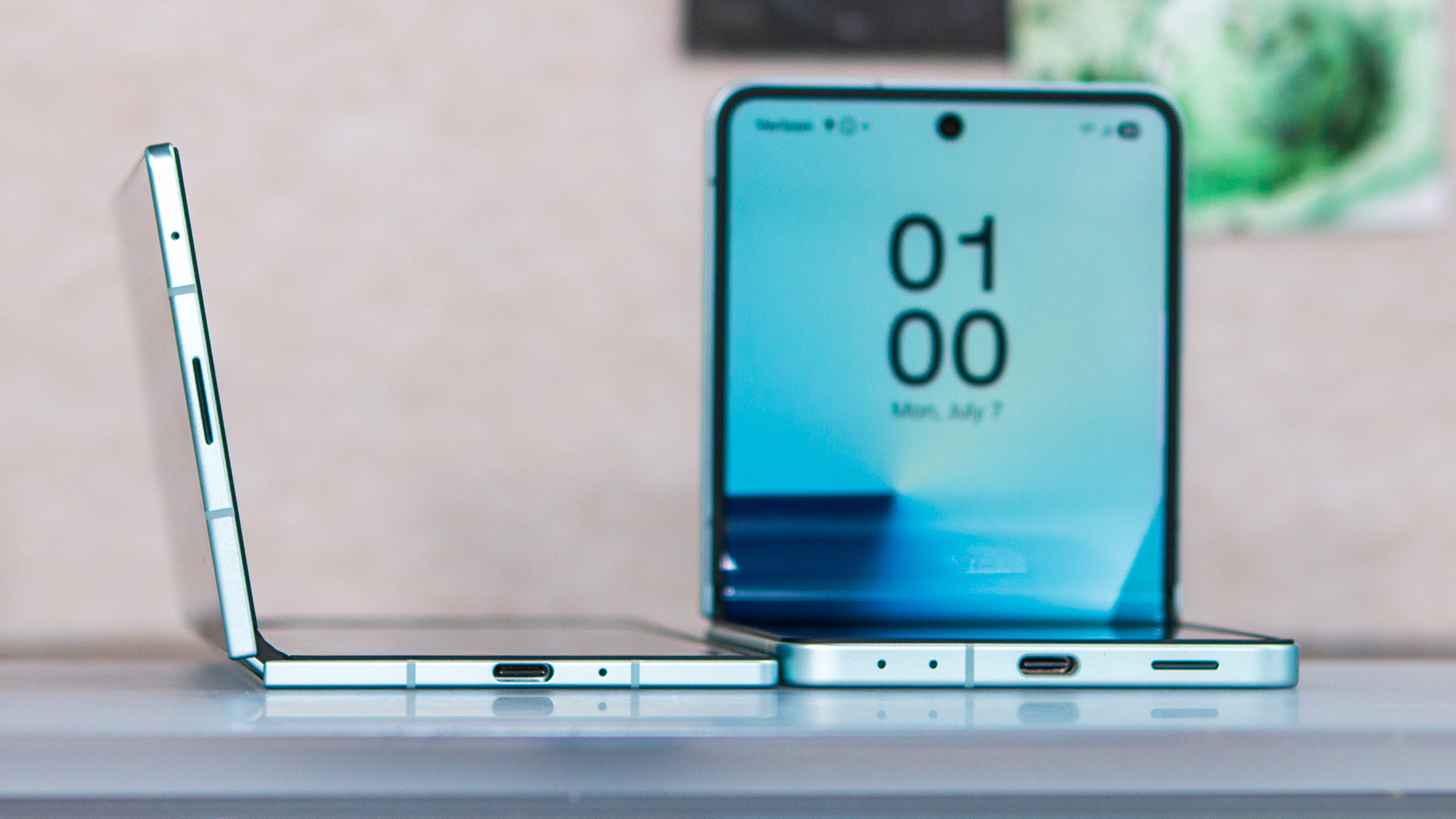
Sadly, none of these changes would have been possible if it weren't for the sacrifices that were made. And it appears that many of the rumors got this one right, as Samsung removed the digitizer layer from the display. And in doing so, for the first time since the original Galaxy Fold, you won't be able to use an S Pen with Samsung's latest book-style foldable.
Samsung informed us that this was simply due to the lack of people actually using an S Pen with previous Z Fold models. I can't help but wonder if this was due to people needing to pay another $50 on top of the $1,899 price tag of the Fold itself. Perhaps if Samsung included one in the box, like it does with the Galaxy Tab S lineup, things would be different.
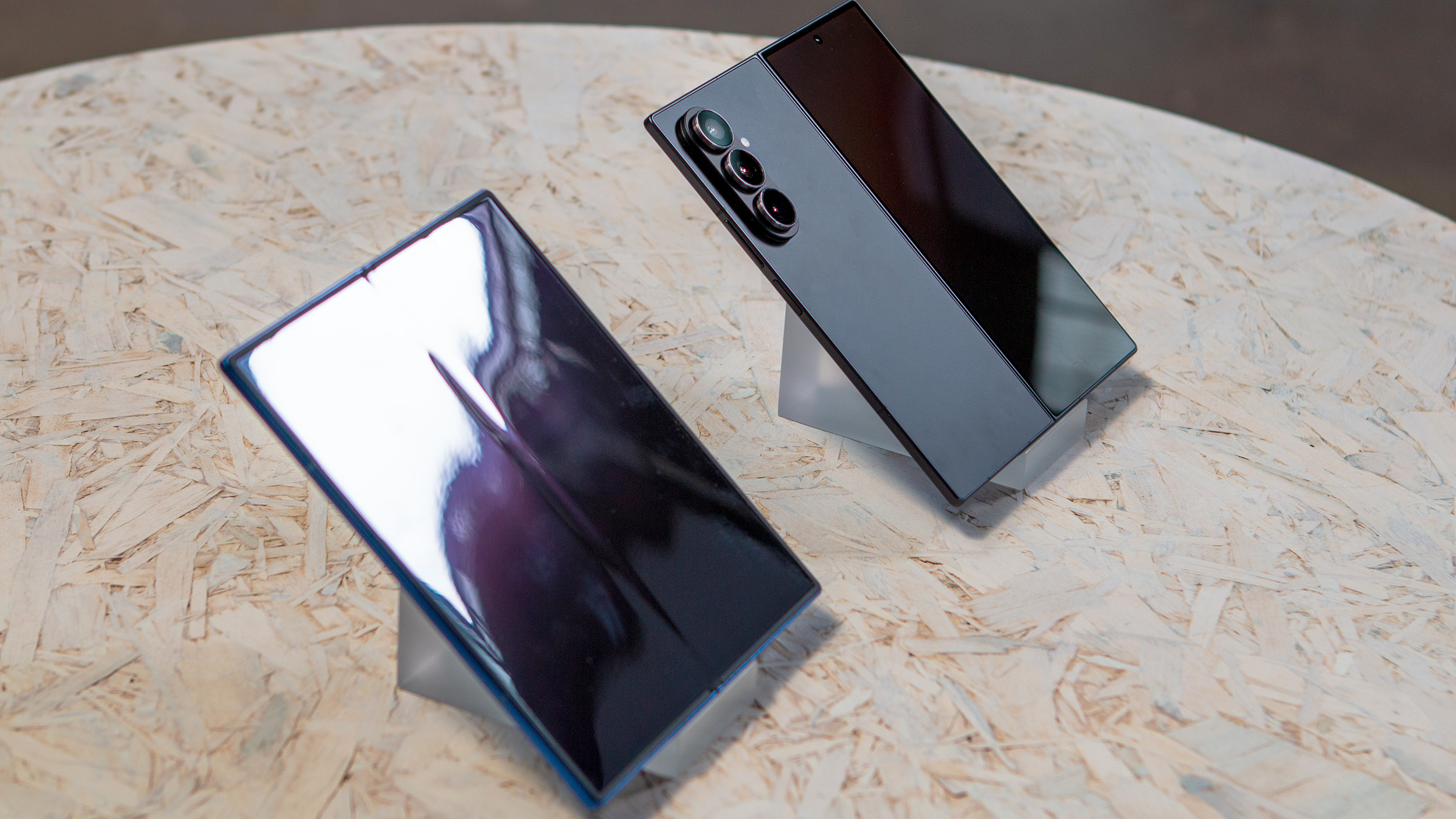
Another disappointing aspect of the Fold 7 is the battery, as we yet again have a 4,400mAh cell. Samsung claims that between One UI and the Snapdragon 8 Elite for Galaxy, battery life will actually be better than its predecessor. I'm definitely not holding my breath on that one, but it will be something I test out during the review and beyond.
Some final thoughts
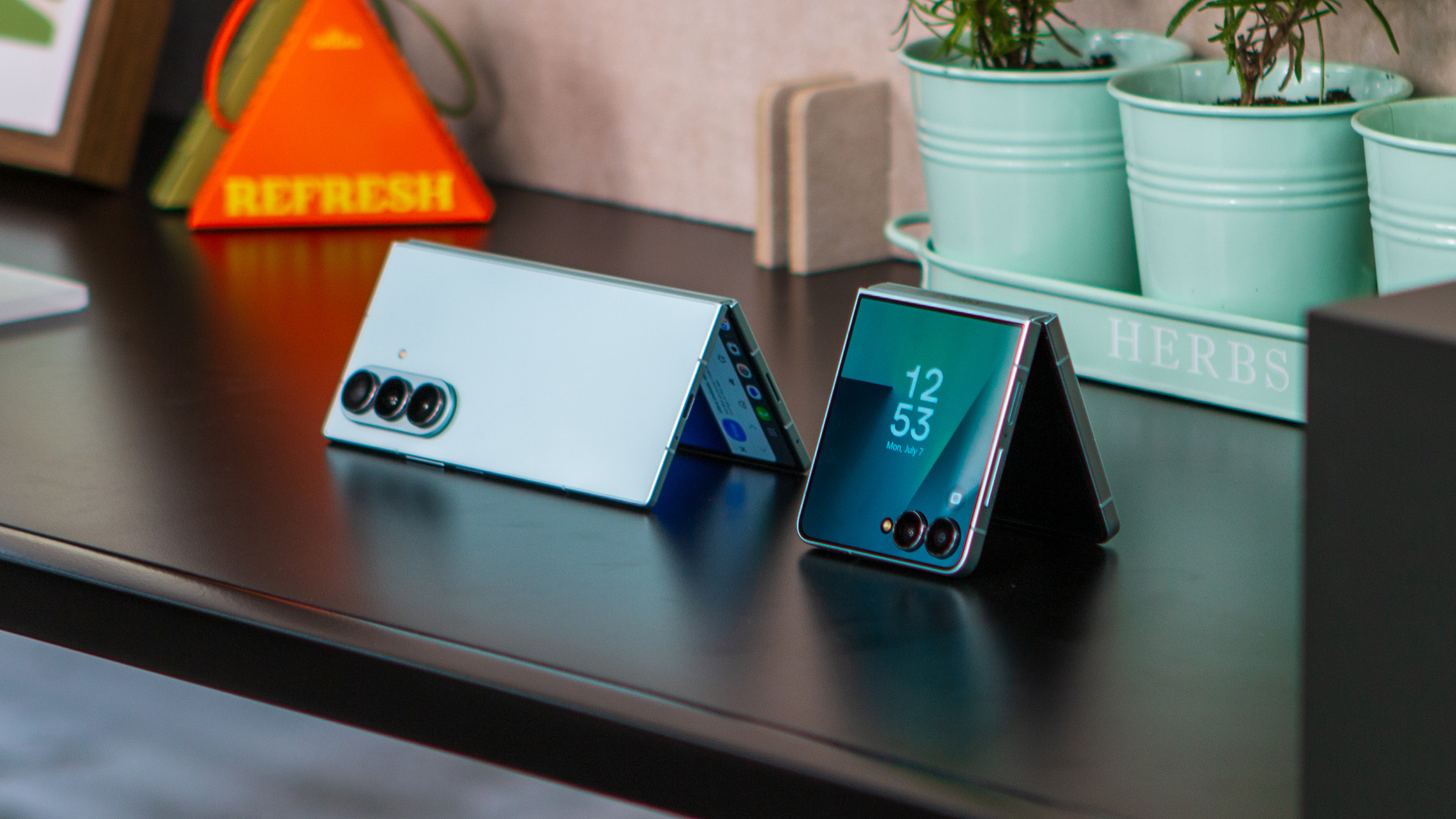
Quickly pivoting to the cameras, my eyes might be deceiving me, but it sure looks like the camera module is as thick as the Fold 7 itself. That's definitely not a complaint since we finally have an upgraded camera system, headlined by the 200MP primary sensor and joined by a 10MP telephoto and 12MP ultrawide. It's worth noting that the ultrawide sensor now features autofocus, allowing the Fold 7 to be used for macro photography.
In One UI 8, Samsung is leaning on its "Next Gen ProVisual Engine" to help make pictures look even better. I suspect results similar to the Galaxy S25 Ultra, at least from the main lens, but that'll have to wait until I get the Fold 7 in my hands.
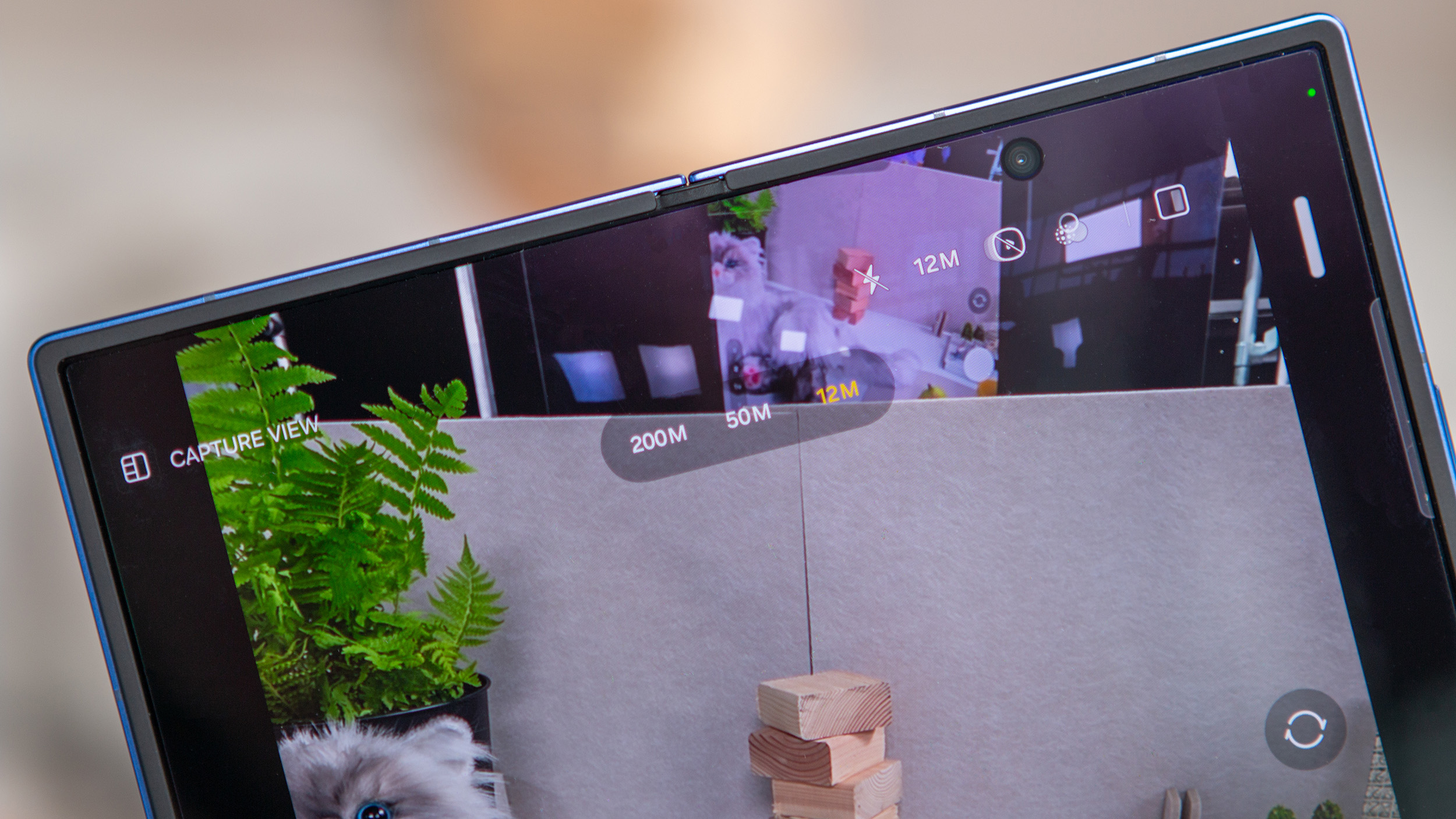
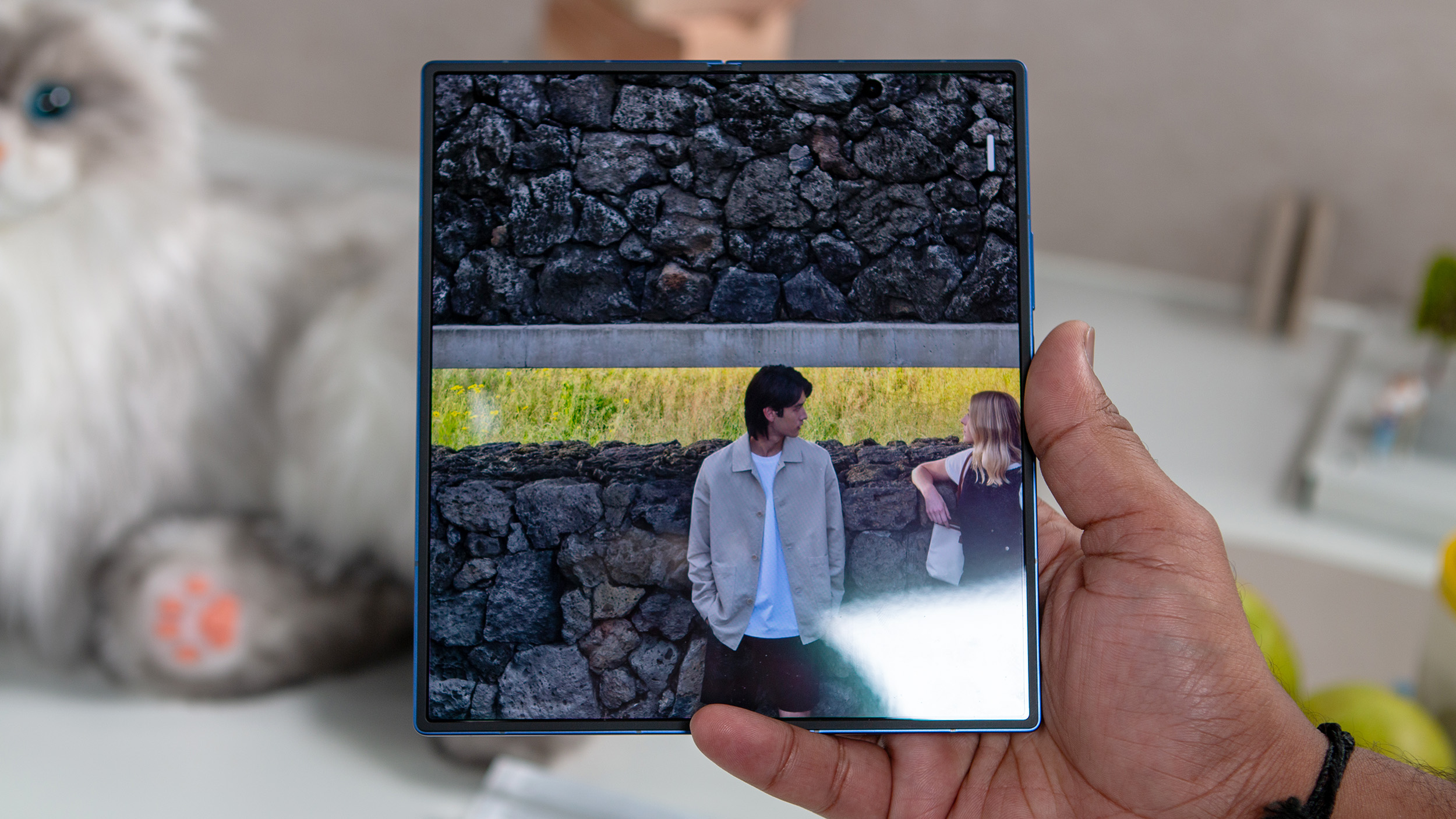
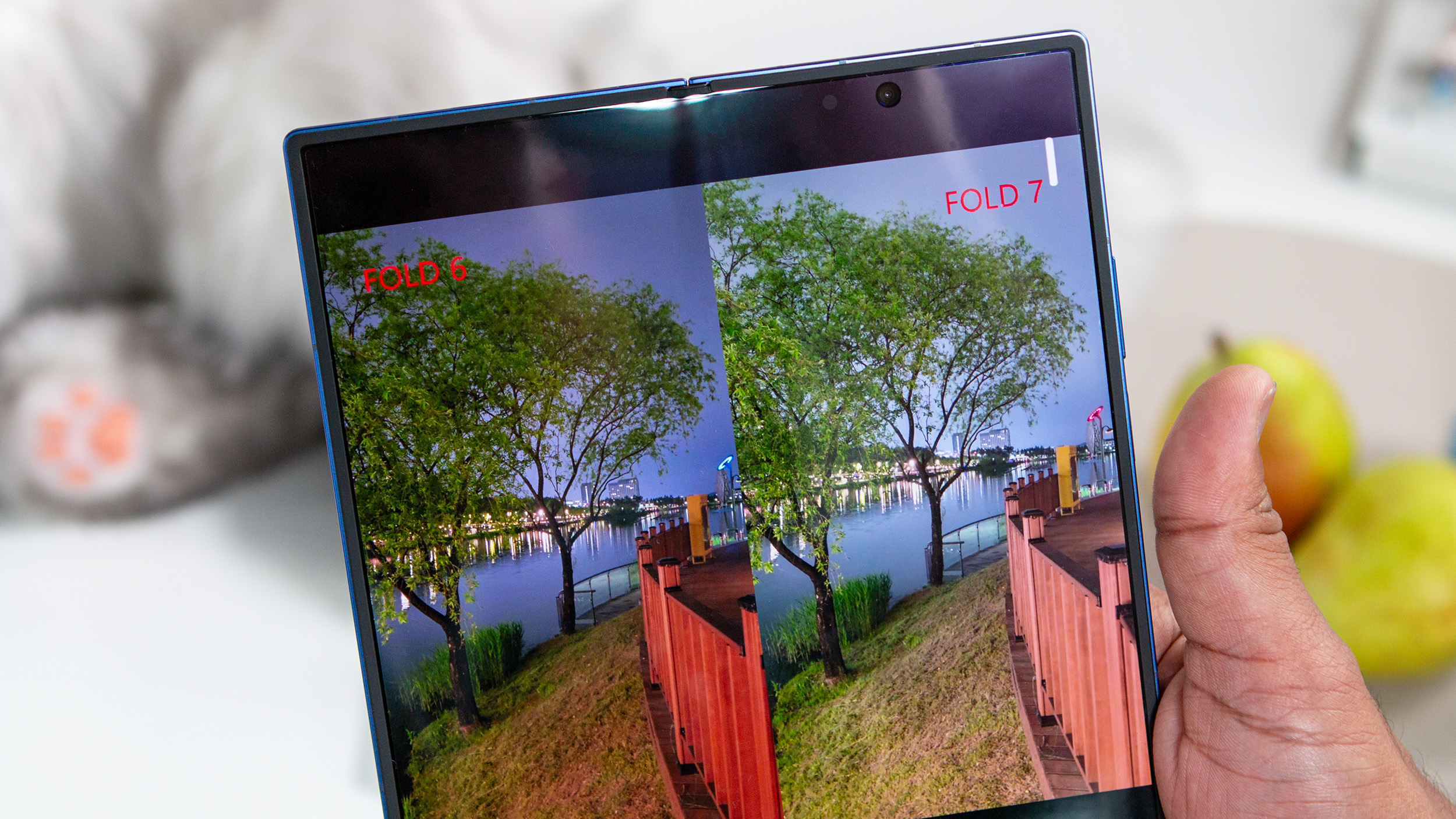
There's a lot more to cover about the Galaxy Z Fold 7, but it just wasn't possible to do so during my hands-on. On the bright side, we already know what to expect from things like performance and some of the software features, as they've already been available on the Galaxy S25 lineup. Now, it's just a matter of seeing how well everything has been optimized for the larger foldable form factor.
In the meantime, it really does feel like the Galaxy Z Fold 7 is what we should've seen in place of the Galaxy Z Fold 6. Nevertheless, at least Samsung is finally taking the fight to the other foldable phones out there, even if it feels weird to think that.

Andrew Myrick is a Senior Editor at Android Central. He enjoys everything to do with technology, including tablets, smartphones, and everything in between. Perhaps his favorite past-time is collecting different headphones, even if they all end up in the same drawer.
You must confirm your public display name before commenting
Please logout and then login again, you will then be prompted to enter your display name.
